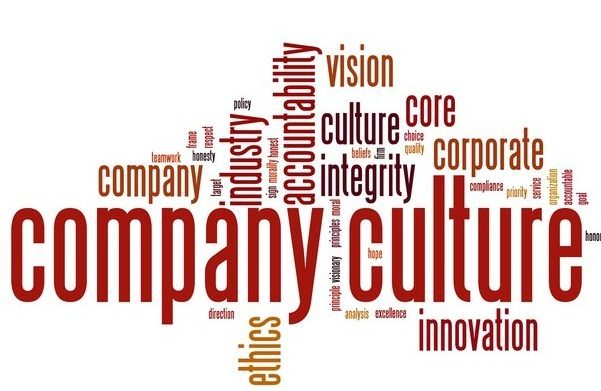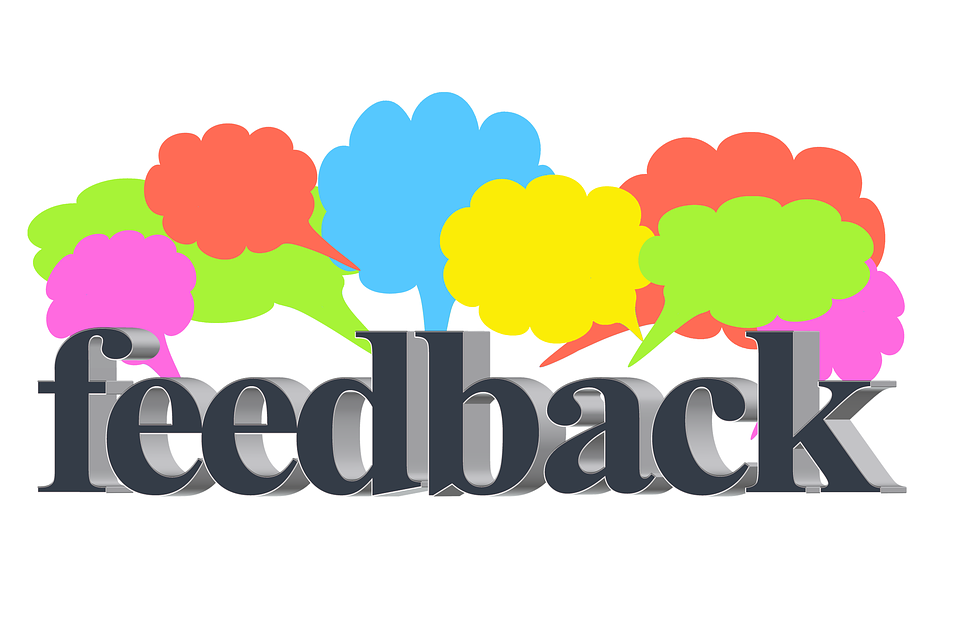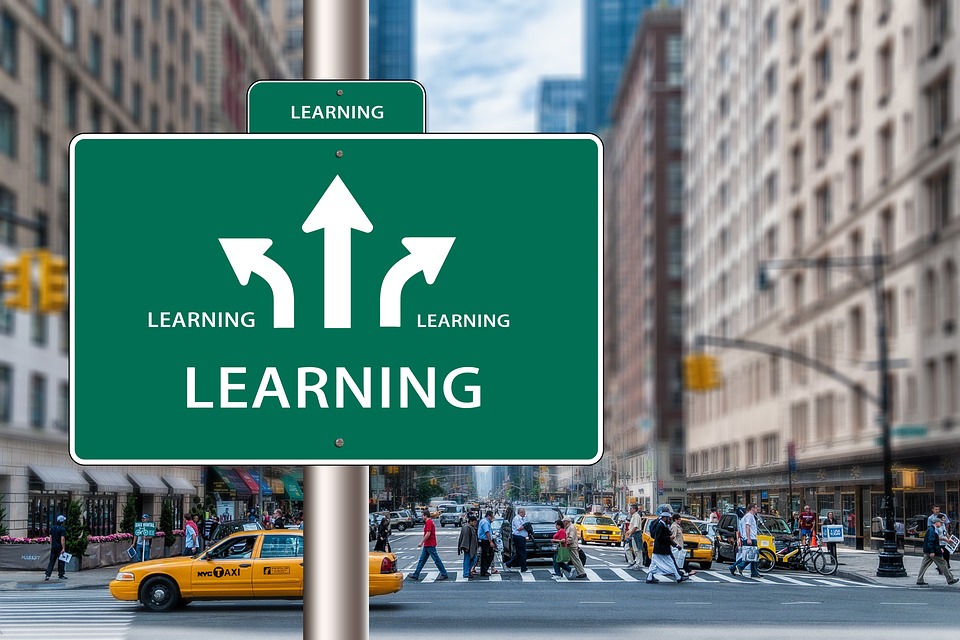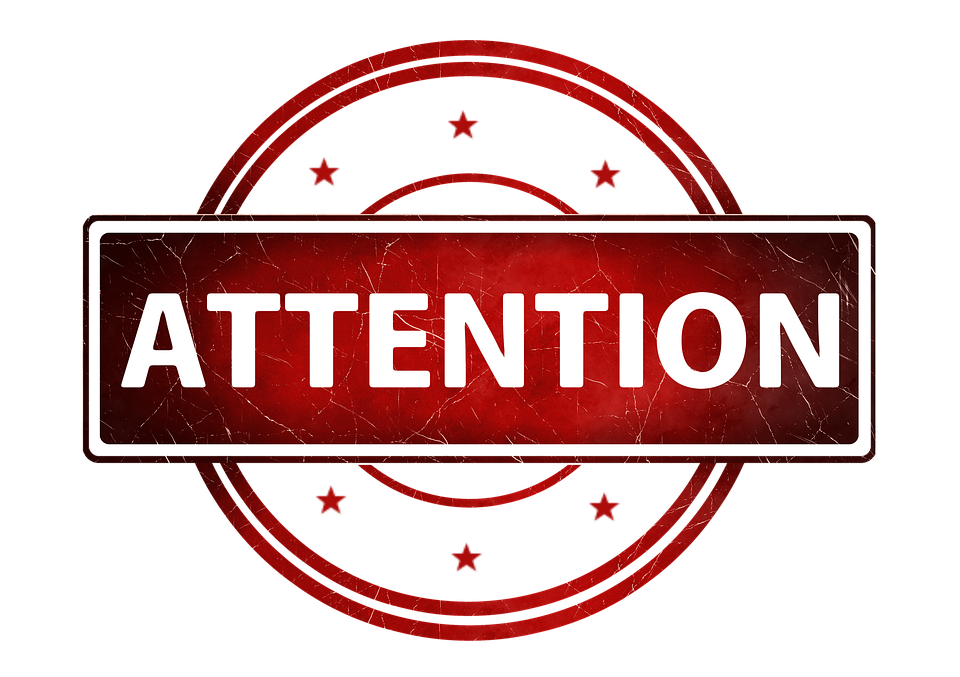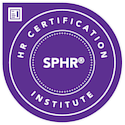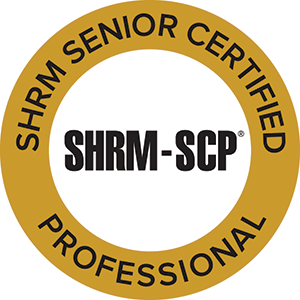As we bid farewell to 2023, I wanted to reconnect and share some reflections.
This year brought both challenges and growth. Regrettably, we experienced the loss of Leslie Flowers, a valued collaborator and an important part of the Connect to HR family. Leslie’s intelligence and unwavering support were invaluable. I owe much of my growth to her over our 10+ years of working together. Thank you, Leslie, for your lasting impact.
Despite challenges, there were highlights, such as supporting my small businesses and non-profit clients navigating change and dealing with tough employee relations challenges, and mentoring women through HerAllies. These experiences were rewarding. I also continued supporting Phase2Careers as a panelist.
Gratitude extends to collaborators and clients, making each day exciting. As I approach my 14th year as a business owner and consultant in 2024, I’m eager to continue supporting businesses and non-profits with HR advisory services, attracting more career coaching clients, and building collaborations with trusted consulting partners. Let’s connect in the new year via Calendly for a virtual coffee meeting!
Wishing you a Merry Holiday season and a Prosperous 2024!
Best,
Michelle Mendoza
Founder of Connect to HR, LLC



